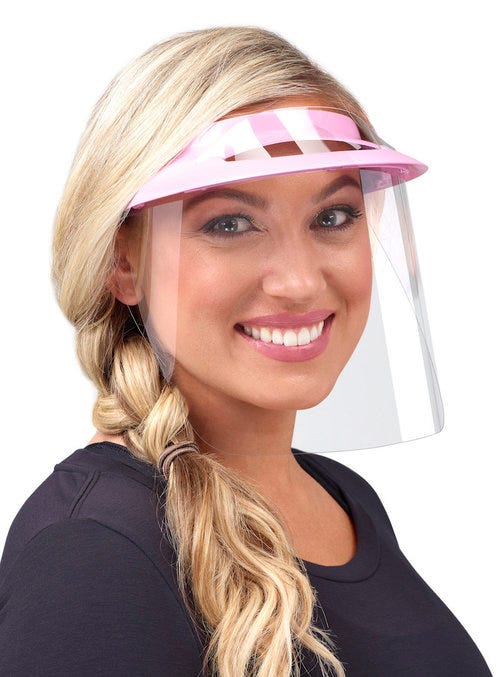The Inclusive Conversation: Addressing the Needs of the Deaf
Written on
Chapter 1: Understanding the Challenge
The isolating effects of face masks have significantly impacted those who are deaf or hard of hearing. The inability to read lips through a fabric barrier creates communication barriers that many are unaware of.
This incident illustrates the struggle:
“I need to speak with Mrs. Dias, please?”
“Just a moment,” I replied and hurried to the kitchen.
“Grandma, there’s a man calling for you,” I mouthed.
She gestured to her ears, saying, “Keith, I can’t hear.”
I felt embarrassed. Despite knowing she was deaf, her independence made me forget her challenges.
I had to inform the caller to reach out later when my Grandpa was home.
Section 1.1: The Difficulty of Lip Reading
Recently, I went to pick up a pizza from a shop that had implemented several new safety measures. A thick barrier of plexiglass separated the customers from the staff, and all employees were wearing branded face masks to prevent the transmission of COVID-19.
“I’m here for a pickup,” I said to the woman behind the glass.
“Wmmm ymm nnmm,” she responded, her words muffled by the mask.
“Could you please repeat that?” I asked.
She lowered her mask and asked, “What’s your name?”
“It should be under ‘Keith’,” I replied.
Subsection 1.1.1: Lip Reading in Silence
My grandmother was an exceptional lip reader. We often shared silent conversations, mouthing words and whispering replies. She could even follow television plots without subtitles.
I can only ponder how my Grandma would cope today, trying to communicate with people wearing masks. The current pandemic has left deaf individuals excluded from conversations, as they cannot see lips moving when masks are worn.
The CDC began promoting cloth face masks in April to mitigate virus spread. However, a more effective and inclusive solution exists: the face shield.

A study from the University of Iowa highlights the benefits of face shields compared to cloth masks:
- They are easier to clean and reuse.
- They provide more comfort.
- They create a barrier that discourages face-touching.
- Unlike masks, face shields remain in place, allowing for easier communication.
Face shields not only remind us to practice social distancing but also enable visibility of facial expressions and lip movements.
This virus may persist, and future viruses could follow. We should consider face shields as a more inclusive and protective option for all.
I've seen many individuals making homemade masks, including my mom's senior group, which is crafting masks for charity—a wonderful initiative.
Now, I formally urge everyone to visit YouTube and learn how to create face shields.
Chapter 2: A Better Solution
This video, "Face masks with clear windows help deaf people understand," explores innovative solutions to ensure communication remains accessible for the deaf community during these challenging times.